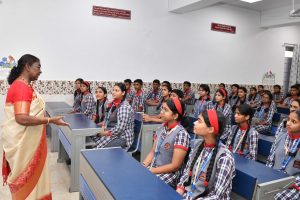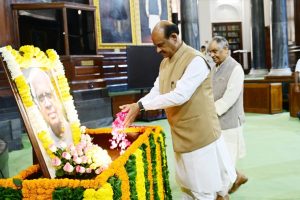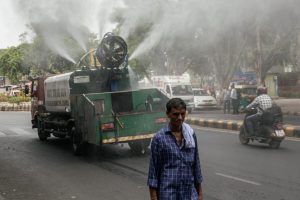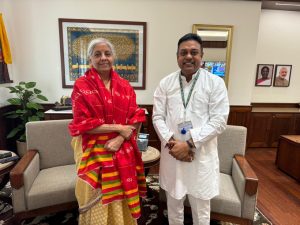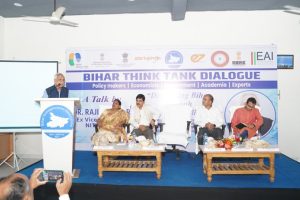Greying unprepared: Policy vacuum for ageing population

By S Jha
New Delhi, June 3: By 2050, every fifth person in India will be over 60 years of age. There will be more persons above 60 years of age than under 14 years by 2050 in India.
The world is ageing. There were more people above 65 years of age in 2018 than under five years of age. The demographic trend is global as Europe and other developed countries boarded the shift early.
By 2025, India is projected to have not less than 16 crore people above 60 years of age.
The changing demographic trend threatens to catch India unprepared, for the policy framework by nature is short-term and biased to younger population since the resources with the state aren’t enough to be even in planning for each section of the society.
Predictably, India has entities such as Ministry for Women and Child Development, but not for that section of the society which will be one-fifth of the population in less than three decades.
The consequences for the economy could be unpredictable. The ageing of the working population is already robbing China of cheap labour advantage.
Statistics captured by the National Sample Survey Organisation (NSSO) depicts grim situation of the elderly population in the country.
The 52nd round of the NSSO survey concluded that half of the senior citizens are fully dependent on others. The situation is worse in the rural areas since over 70 per cent of them are vulnerable being in the marginalized category.
With the banking dependence for small savings falling far behind the inflation, the senior citizens, already out of the working population after going past 58 years, don’t have reliable sources of income as they live off their past accumulated savings.
The NITI Aayog, the Central government’s policy think-tank and successor of the Planning Commission, has initiated stake-holder discussions while noting that the challenge cannot be ignored. “India currently enjoys a young demographic. However, by 2050, the ageing population (60+ years) will be 19% of the total population, or 330 million individuals. Currently, the National Programme for Health Care of the Elderly (NPHCE) and National Action Plan for Senior Citizens (NAPSrC) have laid down the policy, governance framework and working guidelines for elderly healthcare, along with enhancement of the existing infrastructure,” said NITI Aayog in its annual report for 2021-22.
The think-tank further argued that “as this market (facilities servicing senior citizen population) is poised for growth, a regulatory framework is essential, which includes accreditation standards, licensing requirements, policy support to providers, and clinical guidelines,” added the NITI Aayog.
It also argued, given that current efforts towards meeting this goal are being piloted by different Ministries, key areas have been identified for catalysing reforms.
Indeed, improved coverage of vaccination and advancement in medical sciences have led to the increasing lifespan while at the same time the younger parents are limiting their family sizes for various reasons. The trend, as per the available data, is irreversible.
The initial discussion that the NITI Aayog has held, sources said, calls for creating institution to plan for the senior citizens, incentivizing their participation in the labour market, giving tax relief to protect their financial independence, social and administrative sensitisation for speedy response to meet their needs among others.
India’s aggressive Aadhar adoption has made senior citizens vulnerable to exclusion as biometric machines are found to be failing to capture their biometrics.
The digital push in banking and elsewhere has already turned a vast section of senior citizens digital-illiterate. This is in contrast to Japan commissioning 20,000 teachers to impart digital learning to senior citizens.


